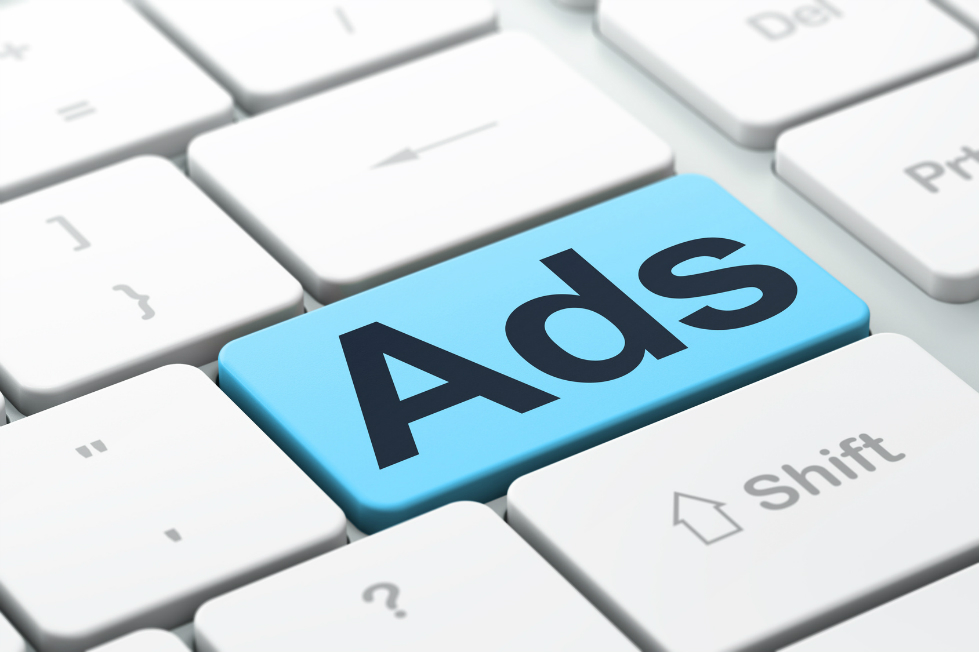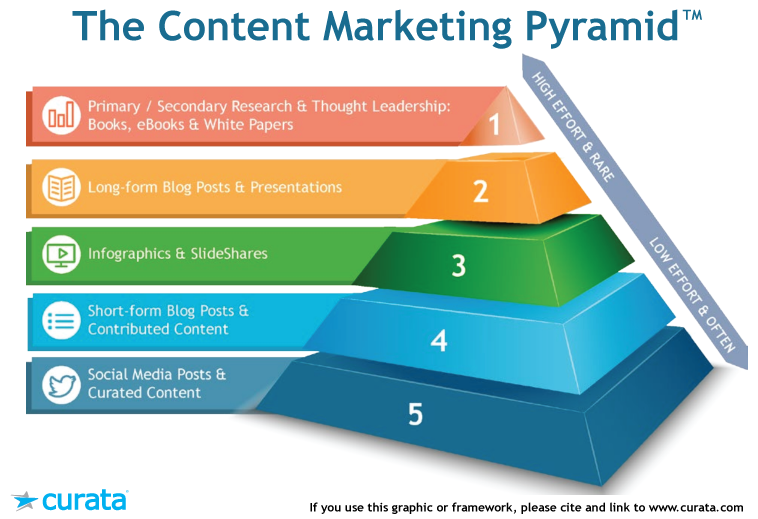
So, you have decided to launch your own digital advertising strategy. What's next? What's next? This article will help you navigate the different steps, starting with choosing your channel and researching your audience. This article will teach you how create a customer experience and split test your strategies. You'll then be able to determine if the new strategy is effective for your brand. If it doesn't work, don't worry. Many other businesses have asked the same question: How do I create a digital marketing strategy?
Researching your audience
When creating a digital strategy for marketing, it is important to understand your audience. This can be done through quantitative research. This involves surveying large populations and producing statistical results. You can create an email campaign to target a specific audience by identifying their interests and pain points. Similarly, you can look at their purchase history to determine their purchasing behavior. This allows you to target your marketing messages to specific audiences.
It is essential to fully understand your audience in order to develop a successful strategy for digital marketing. Without research, you'll be blind to their desires and needs. Research can help identify those needs and tailor content to them. Doing research will allow you to anticipate their needs and help you market more effectively. These are some tips to help you research your audience.
Interviews: Surveys can help you better understand your audience. Ask customers to send you emails, post customer reviews on social networks, and interview them. These surveys will give you valuable information on what makes your audience tick. You can then create your digital marketing strategy. While it's essential to research your audience, it's equally important to create compelling campaigns. You'll be able engage your audience and increase your sales.
Segmentation: By understanding your audience's preferences, interests, and lifestyle, you'll be able to tailor your messaging to them. Segmentation can help you communicate with your audience in a stronger way and build a relationship with them. Adidas sent an email with a gender specific message, while the clothing brand categorised its audience based on gender. Customers buy jeans in large numbers, so a survey asking them how they rate the retailer would result in an average rating of 8/10.
Choose the right channels
It is essential to choose the right digital marketing channels for your product or services promotion. Your objectives, competition, budget, as well as your primary objectives should be considered when choosing a digital marketing channel. Different channels can produce different results so make sure you choose the right channel for you. Which channels you use will affect the content and format of the ads you share with your target audience. Although content marketing remains the king of marketing, and will remain relevant, it is essential to reach your audience.

The goals of your business will influence the choice of which digital marketing channel to use. You should determine your long-term as well as short-term goals. One long-term goal is to increase revenue 20 percent over the next two year. Another short-term goal is to generate 400 qualified leads in six months and increase website traffic by 70% within eight months. So that you can decide which channels will work best, it is important to clearly identify your short-term (and long-term) goals.
Make sure you analyze each channel's effectiveness before you decide which channels are best. Each channel comes with its own strengths, weaknesses and freedoms. Identify the type of creative content you will need for each channel, as well as its costs. Make sure to use all your available budget before you start using new channels for your digital marketing strategy. If you want to create a buzz-generating campaign, you should use Facebook or Twitter.
Customer journey creation
A customer journey map is an essential element of any digital marketing strategy. These maps outline the customer's journey from decision to action. The customer experience map can be used in many ways. It can show the customer's journey through the sales funnel, up to the point where they become a loyal customer. A customer journey map can help you identify areas where you can make improvements.
In a nutshell, a customer journey map represents a prospect's journey toward purchase. It is used by marketers to help them map the questions they ask as well as the pain points they encounter. The higher-funnel levels are designed to increase awareness and create interest. The final stages are dedicated to building brand loyalty. This process should begin with awareness, which can occur through social media, word of mouth, search engine suggestions, blogs, SMS, and apps.
After researching and learning about a brand, potential customers begin the information-gathering phase of the customer journey. Initially, they don't know who you are, but they know what they want. This phase of the Customer Journey should include content that assists customers in making informed decisions. Additionally, customers can get a free trial period from brands to overcome any last hurdles during their buying journey.
Marketers can use a customer journey map to help them target advertising by understanding how customers buy products and services. Each stage of a customer journey should be identified as a buyer persona. Marketers can adjust their marketing campaigns by identifying each stage's goals. Marketers can use a customer journey map to better understand their audience. It will help them identify what motivates each stage in the customer's decision making process.
Split testing your strategy
Split testing can help you improve your business profitability. These include page copy, headlines as well button text, images, social buttons, email marketing and call to action. Here are some examples of scenarios you can test. Split testing is useful to determine which marketing tactics will result in increased sales and profit. Make sure to use the correct sample size. Split testing should occur regularly.
Split testing is a great way to determine whether certain marketing strategies work or not and to identify where you can make adjustments to increase their effectiveness. Split testing helps you monitor whether your online marketing strategy generates leads and brings in returns. Split testing can be used to experiment with different versions of a site or particular elements. You can use the split test results to determine if your website makes money. Once you've identified which variants generate more leads, it is possible to make adjustments in your digital marketing strategy.

ClickFunnels lets you test 6 different versions a single advertisement to get ideas for split-testing. Another good place to get ideas for split tests is on Facebook. Facebook has many examples of ads that you can copy to find out which ones perform best. Split testing is also possible on landing pages. For example, moving your CTA below the fold increased conversions by 304%, while removing it from the landing page caused cart abandonment rates to decrease by 33%.
Split testing plays an essential role in conversion optimization. Split testing is the process of dividing traffic into the control and variant groups. Split testing lets you show half the variant version to 50% of your traffic. In a multivariate test, you divide the traffic into equal segments and show one version of the variant to each group. Split testing can be a powerful tool in digital marketing. The results will amaze you!
Measuring its success
Measuring the results of your digital marketing strategy is a key step in creating a successful one. You have many options to measure the effectiveness of your digital marketing strategy, such as determining how many visitors convert into buyers. Another way to measure effectiveness of a campaign is by using other metrics, such as how many pages were viewed. These metrics can be used for determining the success of a campaign based upon its target audience as well as the effectiveness a specific marketing strategy.
In order to measure the success of a digital strategy, it is important to monitor key performance indicators (KPIs), in order for you evaluate the effectiveness of your campaigns. KPIs are quantifiable metrics which track how your marketing team performs in relation to a goal or objective. These goals can be either high or low level. These KPIs provide an indicator of the success of a campaign and can be used to guide future campaigns.
It is also crucial to establish specific objectives for measuring your digital marketing strategy. To illustrate, how many people did your website attract? Is your website inviting purchase? Are you generating more sales through your email campaigns? Are you getting new business? How many people opened an email and made a purchase? These are just a few examples of what you need to track to determine whether your digital marketing strategy is working. It all comes down to your objectives, your goals, as well as the digital marketing strategy.
FAQ
What are different SEO strategies available?
Search engine optimization (SEO), search media optimization (SMO), as well as pay-per click advertising (PPC) are all examples of different SEO strategies.
SEO is a way to optimize content for certain keywords through text formatting and HTML code.
This allows you to rank higher in search results.
Social media optimization (SMO), on the other hand, is optimizing your website to be seen on social networks like Twitter, Facebook and Google+.
These help build your brand reputation online, making visitors more likely to visit your site when searching for related topics.
PPC ads can also be found at the top of search results pages. They show relevant products, and services.
Advertisements on Google paid searches are the most popular type of PPC advertising. These ads are expensive but extremely effective.
However, several other forms of PPC advertising are available - including display ads, video ads, and sponsored posts.
What does SEO mean for small businesses?
The biggest challenge facing small businesses today is competing against larger companies that spend millions on advertising. Search Engine Optimization (SEO), enables smaller businesses to reap the benefits of this same marketing power without spending a fortune.
Why should I use SEO?
There are several reasons why you should use SEO.
It helps increase traffic to your site by ensuring that it appears high in search engine results.
It helps to increase conversions, as it ensures that users search for exactly what they want by optimizing their search results.
It helps customers find you online, which increases brand awareness.
It also improves the user experience by allowing users to navigate quickly through your website.
It also builds trust among potential customers.
Statistics
- Deleting those 10k pages is one of the main reasons that he improved his site's organic traffic by nearly 90%: (backlinko.com)
- 64% of marketers actively create SEO campaigns because they help hit multiple key performance indicators (KPIs), including increasing traffic, helping your site rank for relevant keywords, improving your conversion rate, and much more. (semrush.com)
- Which led to a 70.43% boost in search engine traffic compared to the old version of the post: (backlinko.com)
- A 62.60% organic traffic boost to that page: (backlinko.com)
- If two people in 10 clicks go to your site as a result, that is a 20% CTR. (semrush.com)
External Links
How To
How important is off page SEO?
Your site should be optimized for search engines like Google and Yahoo!
While optimizing your website for on-site SEO is crucial, there are many other things to take into consideration when optimizing your website. These include, but not limited to:
-
The design of your website (does this site load quickly?)
-
Content quality and quantity
-
Social media presence
-
Backlinks to your site
Optimizing your website involves many factors. You'll notice huge increases in traffic and rankings if these things are done correctly.
What is link-building? How does it work? What are the benefits and drawbacks?
Here we explain a link-building strategy, how it works and what benefits it can bring to your website or brand.
-
1. Why do I need link-building strategies?
Research has proven that link building is one the most effective methods to increase traffic and rank pages. Most businesses don't realize this, however, until they start working on creating a plan to build links and boost their ranking. You can read on to find out why.
-
What is a "link building strategy" and how can it be beneficial for my business?
A link building strategy is basically a way to create links from different sites and directories to yours. It involves contacting relevant website owners and asking them to include a link back. There are two types to link building strategies. One is outreach, and the other is content marketing. Content marketing can be automated with software. Both require planning and investment. But they can deliver great results over time. Let's discuss each method in detail.
-
What are the pros of a link building strategy?
The main benefit of having a great link building strategy, is that you can get more exposure to people who already trust you. You won't need to spend your time convincing people that your company is worth linking with. It saves you time and effort.
-
Are there disadvantages to link building strategies?
The main disadvantage of a link building strategy is that you must make sure that you have enough authority before trying to pitch yourself . You will need to prove to potential partners that you have something valuable to offer them. You should find out first if potential partners are open to partnering with your company before you start pitching them.
-
How do you choose the right strategy for building links? What is better: outreach or content?
This all depends on how you want to develop relationships with different companies. Outreach for B2B clients is a good option as it provides you with the opportunity to meet new people and build trust. If you're looking to partner with large retailers, content marketing can be used to generate leads and promote your sales.
-
What should I look at when choosing a linking strategy? Are there any other things I should consider?
Here are some considerations when selecting a link building strategy.
Who are you targeting. The type of site where you are going to pitch varies greatly depending on your niche.
Do your products sell online? In that case, you may want to target blogs about fashion and beauty. You can also target local directories like Yelp and Citysearch if you're selling services.
What are your goals? You need to choose a strategy that targets high-quality links if you want to improve your SEO rankings. You will only be spreading low-quality links around.
How much money do you have? Many people believe they can do both outreach and content marketing at the same time, but it is not true.
You only have one skill at a time. For example, it is impossible to write and publish blog posts all day.
-
How do I start my link-building strategy?
An important decision is to decide how much time or money you'll invest in a campaign for link-building. Start small, and you will be amazed at how far you can get. You can then scale up your efforts once you have determined which link building strategy is best for you.